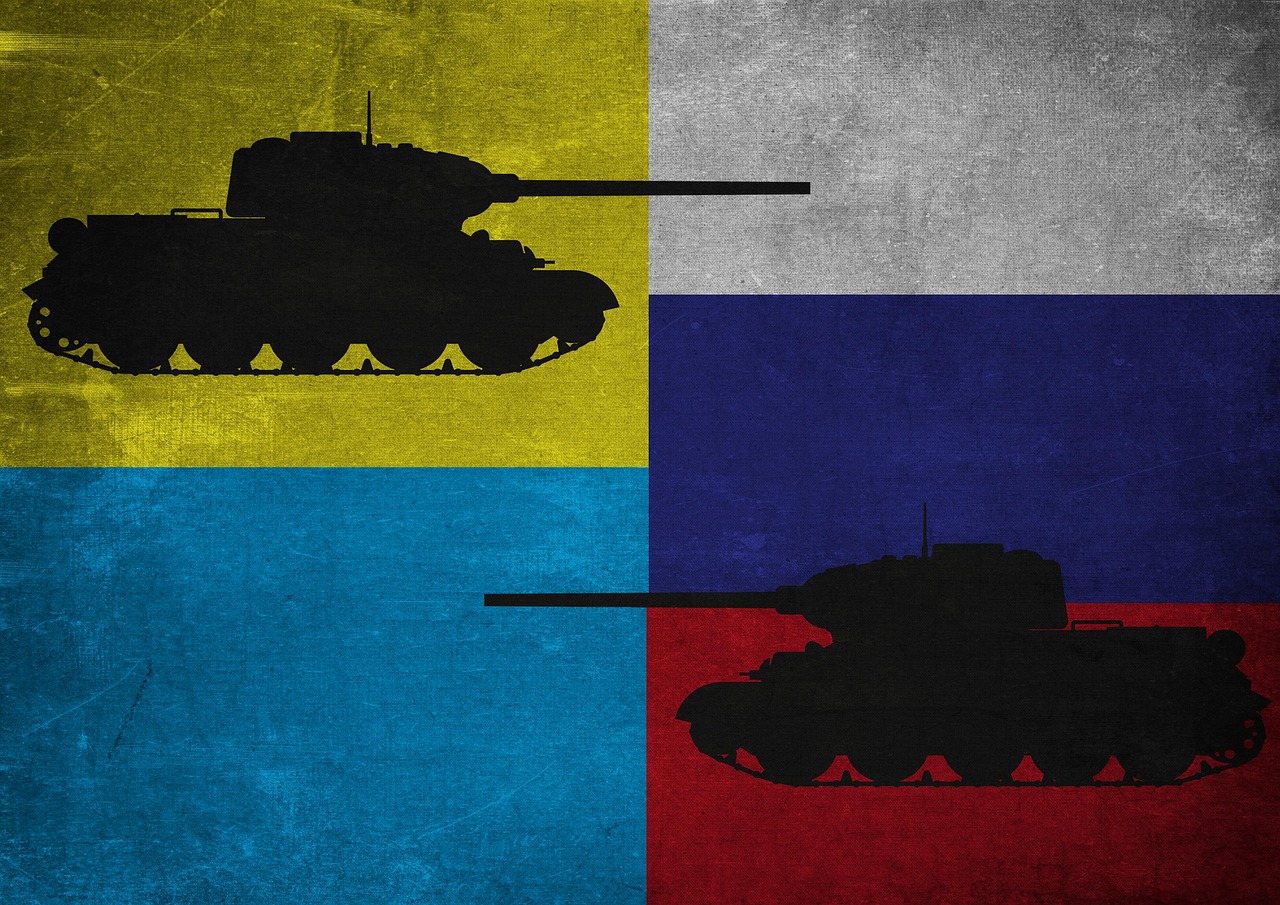FPV drones, once mere toys, have emerged as formidable challengers to traditional warfare tactics. These unmanned aerial vehicles, mass-produced by Ukraine at an unprecedented rate, have proven their effectiveness in countering main battle tanks, leading to a paradigm shift on the battlefield. Tank crews are scrambling to adapt, but the dominance of FPV drones raises questions about the future of mechanized warfare.

The conventional narrative portrays tanks as stalwarts of military might, but recent developments paint a different picture. In the Ukraine-Russia conflict of 2024, the vulnerabilities of heavy armor were starkly exposed by the strategic use of FPV drones. The shift towards drone warfare, particularly in Kharkiv, illuminated the limitations of traditional tank warfare in the face of evolving technologies.
The rise of FPV drones signals a pivotal moment in modern warfare, one that challenges the established norms of power projection on the battlefield. Ukraine’s exponential increase in drone production, reaching a staggering 200,000 units per month, has tipped the scales in favor of drone warfare. These drones, strategically employed as tank killers, have not only proven cost-effective but have also outmatched traditional armored vehicles in combat scenarios.
The evidence presented here unveils a coordinated effort to revolutionize warfare through the proliferation of FPV drones. With over 65% of Russian tank losses attributed to FPV drones, the impact of these unmanned aerial vehicles on the battlefield is undeniable. Ukraine’s rapid innovation in drone technology has not only leveled the playing field against Russia but has also highlighted the vulnerabilities of traditional tank warfare in the face of modern weaponry.
The ramifications of this shift extend beyond military tactics, affecting global power dynamics. The intent behind the mass production and strategic deployment of FPV drones is clear: to establish dominance in warfare through technological superiority. The means, demonstrated through the systematic targeting and neutralization of armored vehicles, showcase a deliberate effort to reshape the battlefield landscape. The opportunity presented by the limitations of traditional tanks has been seized upon to assert control through innovative warfare tactics.
Looking ahead, the trajectory of warfare seems destined for further evolution as drone technology continues to advance. The implications of this shift go beyond the battlefield, signaling a broader transformation in the nature of conflict and power dynamics. As FPV drones redefine the rules of engagement, the future of warfare stands at a crossroads, where adaptation to emerging technologies will determine strategic superiority.

